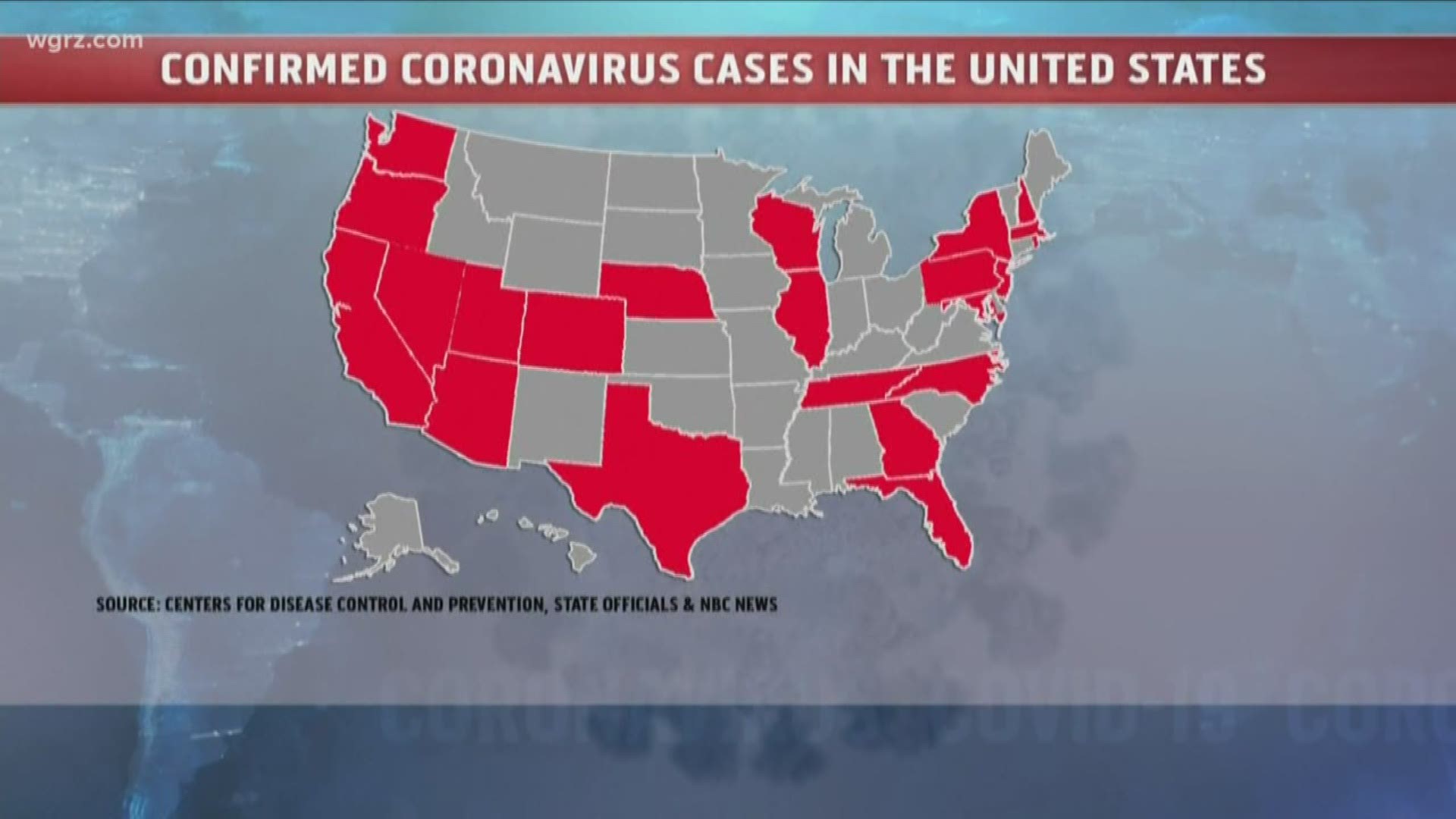BUFFALO, N.Y. — Just two days ago, the county refused to release the number of people being monitored for possible coronavirus.
"I'm not allowed to discuss individual cases," said health commissioner Dr. Gale Burstein. She and Erie County Executive Mark Poloncarz thought that revealing the number could violate privacy laws.
We have not received an explanation on why the county reversed course.
To help put this all in perspective, here's how an individual may end up in quarantine.
CDC guidelines dictate that people must have had direct contact with someone with coronavirus, been around someone infected or recently traveled to a country impacted by Covid-19 in order to be placed in quarantine.
"It doesn't mean that people are infected because they're quarantined it doesn't mean they're contagious and able to transmit infection to other that they're quarantined," Burstein said.
The process, which is voluntary requires a high-level of separation.
"They need to restrict their travel within the house, stay in one bedroom, use a private bathroom, have food delivered to their room and nobody comes in or out," Burstein said.
The CDC says other members of the house should separate themselves from the patient as much as possible; wash their hands frequently and that either the patient or other family members should wear a face mask if they're around each other.
There's also a plan in place if a patient refuses to follow the voluntary quarantine.
"I have legal authority which I have exercised to mandate people to stay in quarantine and follow those rules," Burstein said.
A spokesperson for Erie County Health says people in quarantine are able to go outside, but can't have close contact with others.
Burstein adds that people in quarantine are given a thermometer and they're asked to take their temperature twice a day and take a picture of the reading, and send it to the Erie County Health Department.


